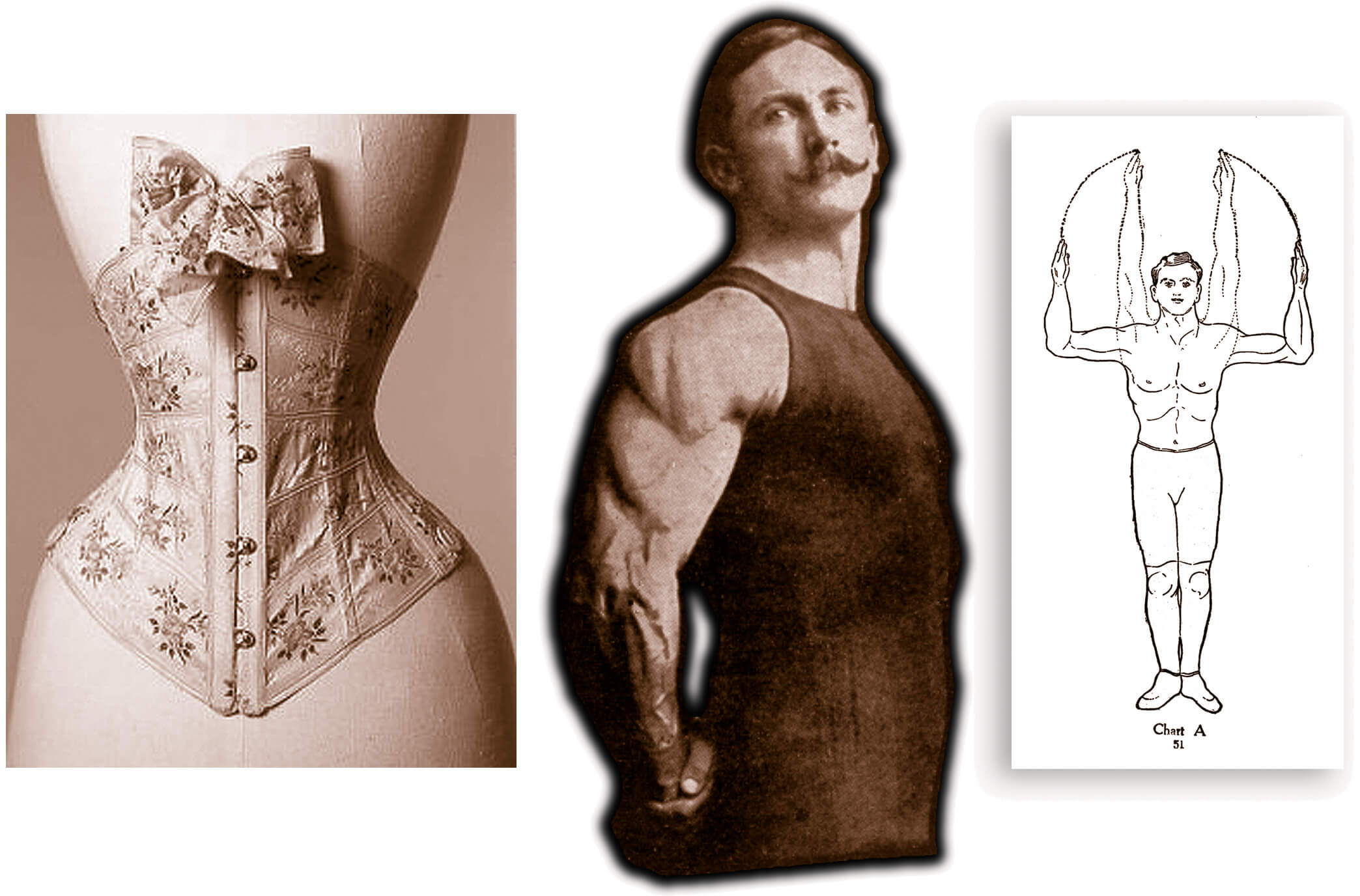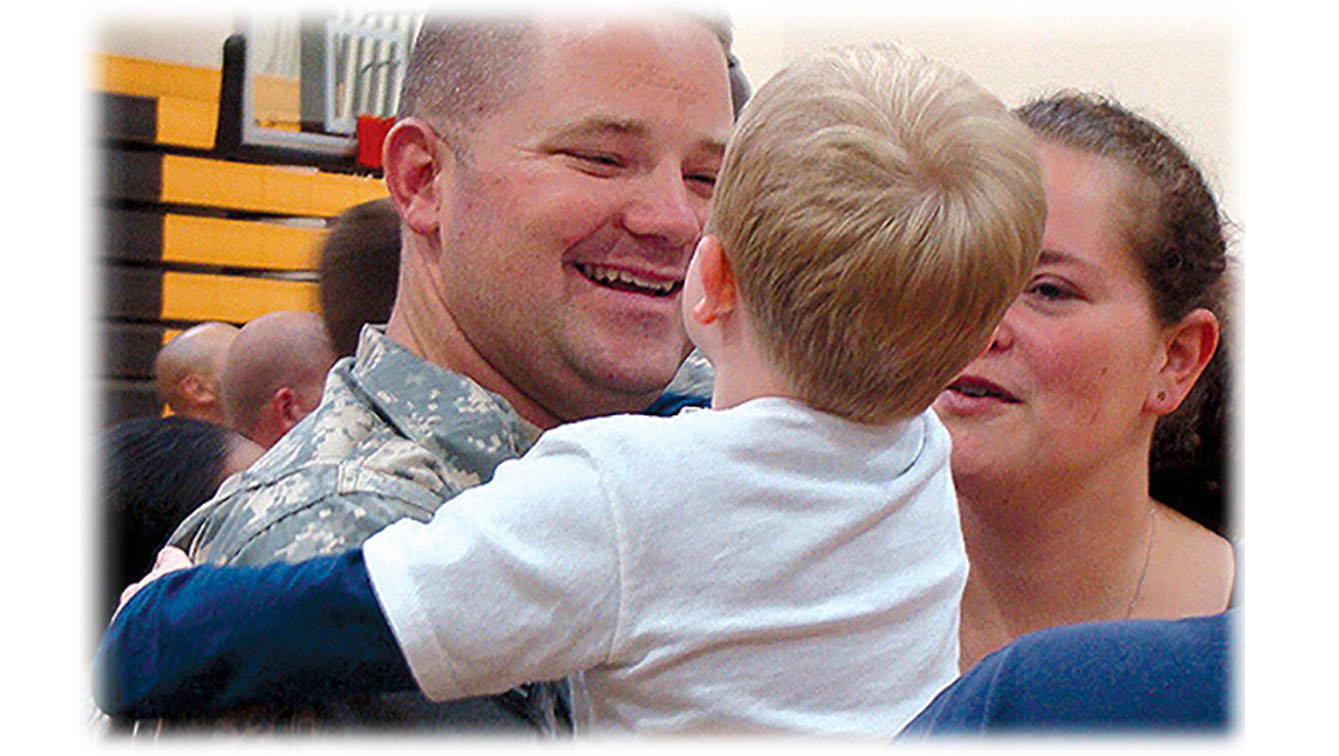
Getting the Sexes Together - It’s About Where You Breathe!
Full, diaphragmatic breathing that encompasses the whole torso is not common for either men or women. Most people are breathing at 20% (or less) of their full breathing capacity. Men tend to be belly breathers; women tend to be chest breathers. Let’s meet in the middle! Here’s how.

Men Are from Mars—Women Are from Venus, by Dr. John Gray, has become a cultural icon for understanding the differences between the sexes. We know the stereotypes and we understand the societal pressures that maintain them. Men are stoic, practical, grounded, and mentally oriented. They are sexual, but less-often romantic or expressive. Women are emotional, intuitive, and tend to prefer romance with (or instead of) sex.
I took a CPR class once and the teacher gave us this maxim: “Men breathe in their bellies; women breathe in their chests,” as though this was a natural rule. In 27 years of breathwork and breath coaching, I’ve found this to be true about 80% of the time. So, let’s posit my next book title, Men Are from Belly—Women Are from Chest!
But is this really natural?
No!
And could this account for why the sexes seem to be from two different planets? Yes. Can we fix it; can the sexes meet each other halfway; and can they get closer to the best of what each has to offer?
Yes!
Both men and women need to breathe full-torso, starting in the belly and moving up to the chest. Where you breathe (15,000 times a day) is where the oxygen and the blood goes. Where you don’t breathe gets neglected and stagnates, leading to a host of health problems.
Both men and women show the unhealthy signs of neglect in the parts of their body where they don’t breathe. How did we get this way? Why do men and women breathe at opposite ends of their bodies? There are lots of reasons: physical, emotional and sociological.
Let’s examine a few.
For women, there’s “the Corset Syndrome” (see sidebar). Society has placed unrealistic notions on women to have small and flat tummies and hourglass figures. Tight clothing, but also pregnancy, stops belly (diaphragmatic) breathing.
As Mike White explains:
“This is why women are often more emotional, because they have lost access to the grounded, parasympathetic side of their autonomic nervous systems. Birthing adds to that chest dominance.
I bet Serena Williams is a belly AND chest breather. Other athletes and certain actresses and comics as well, loud ones for sure, martial artists, and good singers with strong sustains, like Tony Bennett who was operatically trained, and many chanters are belly-supported AND chest breathers.
Bottom line—the breathing should not MOVE UP to the chest with a lessening of the belly; rather, the ribs and chest should ADD to the belly’s expansion and support.”
Observe a baby or an animal and you’ll see natural, full-belly, diaphragmatic breathing. As a bodyworker, I coach my female clients on good breathing. Most of them (men, too, sometimes) have no concept that they can and should allow their belly to extend as the lungs fill, which places a downward pressure on the diaphragm.
Once they get it going, a whole new world opens up for them—a new relationship with their bodies. As they move toward a complete full-torso breath, their nervous system calms down, and they feel more present and grounded in their body (rather than in their mind and/or emotions).
Now the blood and oxygen are moving into the lower torso, which will improve their digestion and elimination, and the functioning of all their lower organs. As I work with ladies in this fashion, even for a few minutes, they feel and enjoy the shift. In our 6-hour breathwork seminar, major shifts can occur.
For men, the societal pressure has been to be tough and “cowboy up.” Men’s usual upbringing fosters strength and stability, but little emotional expression other than through competitive aggression. For most men, the only form of human closeness they have access to, the only touching and tenderness that is approved for them, is through sex.
Physiologically, all this leads to a stiffness in the upper torso—shoulders back, chest out, belly sucked in, military-style. Men carry years of painful stored tension as they “grin and bear it.” But this places limits on good, chest breathing, because the ribs don’t move. This can lead to heart problems, and a shutting down of the feelings. It works both ways...
Mike calls this “The Superman Syndrome”—chest out, belly in, with well-developed musculature, but too stiff and inflexible. See the sidebar again for Paul von Boeckmann’s story and stats in the early 1900s.
He had quite a case of this syndrome until he got a breathing test at the doctor, who told him he wasn’t going to live long—even though his physique looked like a Greek statue—because his breathing volume was so low. He then turned his life around and dove deeply into a study of breathing.
A New Jersey couple I recently worked with made some good progress in getting their breathing going in new ways. The wife took one look at her husband’s new chest heaving and said, “I’ve been waiting to see that for 25 years!”
Breathwork is a gentle yet powerful method of rounding out and bringing together both men and women. Both can benefit greatly from opening up the neglected areas of their breathing patterns. The changes will be profound and real, and will encompass their whole being—body, mind, emotions, and spirit.
The couple that breathes together (full-torso breathing) will discover new areas of intimacy and sexuality, increased energy and vitality, and spiritual growth. Deeper, fuller and slower breathing also allows your life-force energy to flow much better. (See the other side bar on this.)
Try it—you’ll love it!
Women’s corset, circa 1900

Women’s corset, circa 1900
For centuries, societal pressure and a distorted view of the idealized human form have created unrealistic expectations for both sexes. Most women have lost good diaphragmatic breathing by striving for that “hourglass figure.” This has led them to doing primarily upper-chest breathing, creating an overactive “fight-or-flight” nervous system, and a disconnect with the lower torso (overweight, digestion, and elimination problems).
Most men have developed chronic muscle-tension “armoring” in their upper bodies. They have lost free movement of the ribs and chest, which restricts good breathing and leads to under-oxygenation of the heart (heart disease). Emotionally it has led to a disconnect with the heart.

Get personal help to improve your health
and vitality
Paul von Boeckmann, Champion Breather
Paul von Boeckmann was a strongman and instructor in health and conditioning, well known to followers of physical culture in the early 1900s. In his youth, he had been a strong-man and a professional cyclist, but he became much better known later as an instructor, particularly as an expert on lung development and deep breathing. As the result of special attention to breathing exercises, von Boeckmann attained extraordinary lung power and a chest expansion of 11.5 inches...
[Chest and rib expansion are measured circularly with a tape measure around the chest and under the arms, to the back. Most people measure at only one-to-four inches in this measurement! Ask Mike White who has tested 75,000 people with his Free Breathing Test at OptimalBreathing.com. Note that Von Boeckmann had a physique that many modern bodybuilders would envy, yet his body was so stiff and inflexible that he failed at a breathing test one day at the doctor’s office. He then decided to devote his life to learning about, improving, and then teaching the breath.
—Editor]
“His lung or ‘vital’ capacity increased from 180 cubic inches—a poor figure even to start with—to an eventual measurement of 436, which at the time was surpassed only by the world record of 460 cubic inches.”
—The Super Athletes (1970) David P.Willoughby
von Boeckmann’s Breathing Exercises
Also shown (on right) is one of von Boeckmann’s Breathing Exercises for rib movement and chest expansion from his booklet, Deep Breathing, originally published in 1910. It’s notable that 100,000 copies of this book were printed at this time, costing 10 cents each. Extensive excerpts from his writings and his breathing exercises can be found in my book, Heal Yourself with Breath, Light, Sound & Water.
Life-Force Energy

Since neither Breathing Work (the physiological and mechanical optimization) nor Breathwork (the transformational therapy) cannot be understood fully without some knowledge of the chi, let’s close this discussion with an excerpt from Daniel P. Reid’s book, The Tao of Health, Sex and Longevity: A Modern Practical Guide to the Ancient Way.
It’s these “negative ions” that he writes about here that move in, through and around you when you practice this work, activating your cellular metabolism, increasing your energy even at the atomic level, and precipitating the cleansing releases that ensue.
Here’s how Reid describes the chi:
“The essential element in air that carries the vital charge of chi turns out to be neither oxygen, nor nitrogen, nor any other gaseous chemical, but rather the negative ion—a tiny, highly active, molecular fragment that carries a negative electrical charge equivalent to that of one electron.
By contrast, pollutants such as dust, smoke, and toxic chemicals are borne on the air in the form of large, sluggish, poly-molecular ions that carry a positive charge. In clean, country air, the average ratio of negative to positive ions is about three to one. In polluted, city air, it drops drastically to about one negative ion against 500 positive ions!
The vitality of negative ions in air is also destroyed by air-conditioning.
In nature, air is naturally ionized by the action of short-wave electro-magnetic radiation from the sun and by other cosmic rays, which bombard air molecules and impart vital energy to the fragments. The movement and evaporation of large bodies of water and waterfalls also ionize the air around them.
Another method of natural ionization is the unobstructed flow of wind over wide-open spaces. The most potent atmospheric chi is thus found at high altitudes, where solar and cosmic radiation are strongest, winds are constant, and water takes the form of rushing streams and open lakes.”
About Denis
 Denis W. Ouellette, BA, BS, LMT, OBDS, has been a holistic-health practitioner since 1978. He trained with the original breathworkers in the 1980’s, and is a certified Optimum Breathing Development® Specialist through Michael Grant White, creator of OptimalBreathing.com. As a core faculty member at the Optimal Breathing School, he collaborated with Mike to develop Integral Breathwork™, a “new world paradigm” for integrating correct breathing physiology with transformational breathwork.
Denis W. Ouellette, BA, BS, LMT, OBDS, has been a holistic-health practitioner since 1978. He trained with the original breathworkers in the 1980’s, and is a certified Optimum Breathing Development® Specialist through Michael Grant White, creator of OptimalBreathing.com. As a core faculty member at the Optimal Breathing School, he collaborated with Mike to develop Integral Breathwork™, a “new world paradigm” for integrating correct breathing physiology with transformational breathwork.
Denis has facilitated thousands of private and group breathwork sessions. He practices breathwork and bodywork in Livingston and Bozeman, Montana. He conducts ongoing Integral Breathwork Seminars. Check the schedule at IntegralBreathwork.com (home also of his bimonthly eZine at NaturalLifeNews.com). Contact Denis through the website. His seminal book on natural healing is titled “Heal Yourself with Breath, Light, Sound and Water,” available on the website (where you can download the first five chapters for free), and through Amazon.

About Denis
Denis W. Ouellette, BA, BS, LMT, OBDS, has been a holistic-health practitioner since 1978. He trained with the original breathworkers in the 1980’s, and is a certified Optimum Breathing Development® Specialist through Michael Grant White, creator of OptimalBreathing.com.
Most Popular

New Paradigms for Healing Post-Traumatic Stress
Articles by Denis

April 12,2021
Interviews with Denis
Breathing & Oxygen Articles
- Breathing
- Oxygen
- Mold Could Be in Your Home Right Now. Are You at Risk?
- Beat Work Stress the Right Way
- Bad Breathing Causes Asthma- Here's What to Do!
- Optimal Breathing, Autism & Brain Development
- Why Breathe Better? Bad Breathing Makes You sick or Sicker. Learn To Breathe Better Now
- Cure your Breathing Problems with Breathing Exercises

Get personal help to improve your health
and vitality.





